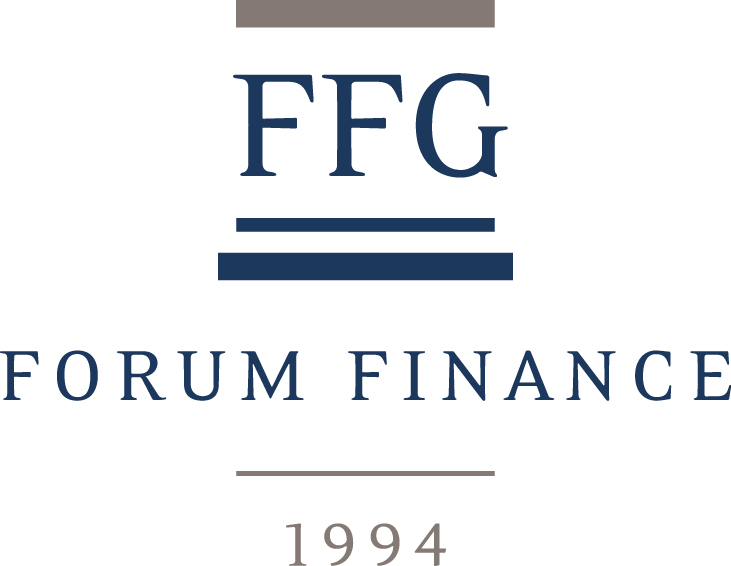Newsletter | May 2022
GLOBAL BONDS RECORDED THEIR WORST EVER MONTHLY DROP
– 13.3% THE TORRID MONTH OF APRIL FOR THE NASDAQ COMPOSITE
Investment perspective
The month of April was a brutal one for financial markets. In an environment where bond yields continued to rise at a fast pace, and the appreciation of the US dollar accelerated, equity and bond markets both ended the month much lower. The MSCI World Index in local currencies plunged by 7%, mainly due to the weak performance of US equities. The Bloomberg Global-Aggregate Total Return Index, a broad bond index, lost 5.5% and recorded its biggest monthly drop since its inception in 1990. 10-year Treasury yields rose by 60bps to end April at 2.94%, and Bund yields with a similar maturity moved up to 0.94%, an increase of 39bps; credit and emerging market debt were also impacted by a widening of spreads. The overall strength of the US dollar was reflected by a 4.7% depreciation of the EUR/USD parity to 1.055, a level last observed more than five years ago.
The main drivers of markets in April were the increasing hawkishness of the Federal Reserve, as well the reporting of first quarter earnings. Markets are now pricing in a 50bps rate hike in May, with same-size hikes also likely to be announced at the following meetings. With more than 80% of the S&P 500’s market cap having reported, earnings are beating estimates by 6.5%, with 77% of companies topping projections. These solid results have not prevented US equities from getting battered during the past month. Some of the darlings of the past years, which contributed largely to the strong outperformance of US equities relative to other regions, have been experiencing a significant derating. Investors have punished high-growth companies such as Netflix which saw subscribers fall for the first time in a decade. Soft guidance from Amazon, a supply constraints issue for Apple and disappointing earnings from Alphabet are just some of the reasons for the poor performance of these companies’ stocks in April.
Investment strategy
We are maintaining the current allocation of our portfolios amidst very depressed market sentiment. The Fear & Greed Index is in fear territory, whereas the AAII bull/bear Index is showing the highest level of pessimism since March 2009. Investors are facing massive uncertainty on a number of issues, and markets have become over reactive and prone to huge swings. At the time of writing the Federal Reserve has just hiked by 50bps, as fully expected, but US equities rallied by 3% after Jerome Powell ruled out the possibility of a 75bps hike at a forthcoming meeting. This move appears overdone but reflects the current level of noise across the markets and we prefer to look further ahead and not attempt to trade the market daily.The month of April was another very tough month for fixed-income assets, but we might be approaching a point where the timing looks more favourable for the asset class. A lot of adjustment in risk-free rates has already taken place in view of the expected tightening of central banks, and the outlook for credit remains supportive.
WITH MARKET SENTIMENT BEING DEPRESSED, MARKETS COULD STAGE A NEAR-TERM REBOUND
Portfolio Activity/ News
April was a negative month for the portfolios. With both the equity and fixed-income asset classes recording monthly losses, it proved to be a very difficult market environment. The main detractors were the multi-thematic growth fund, US Small Caps, the technology fund, Japanese and Chinese equities, and European Small Caps. The recently added global equity fund exposed to companies with stable returns was resilient as were some emerging market exposures. In the fixed-income asset class, the losses of our exposures were generally less than those of their reference benchmarks, even if the fund with longer duration was obviously badly hit by fast-rising rates.
On a more optimistic note, alternative strategies have continued to outperform and to fulfill their diversification role within the portfolios. Several hedge funds provided positive contributions, in particular the trend-following CTA strategy, thanks to its significant short exposure to rates. For non-USD denominated portfolios, the appreciation of the US dollar also contributed positively to the performance.
Download the Newsletter
